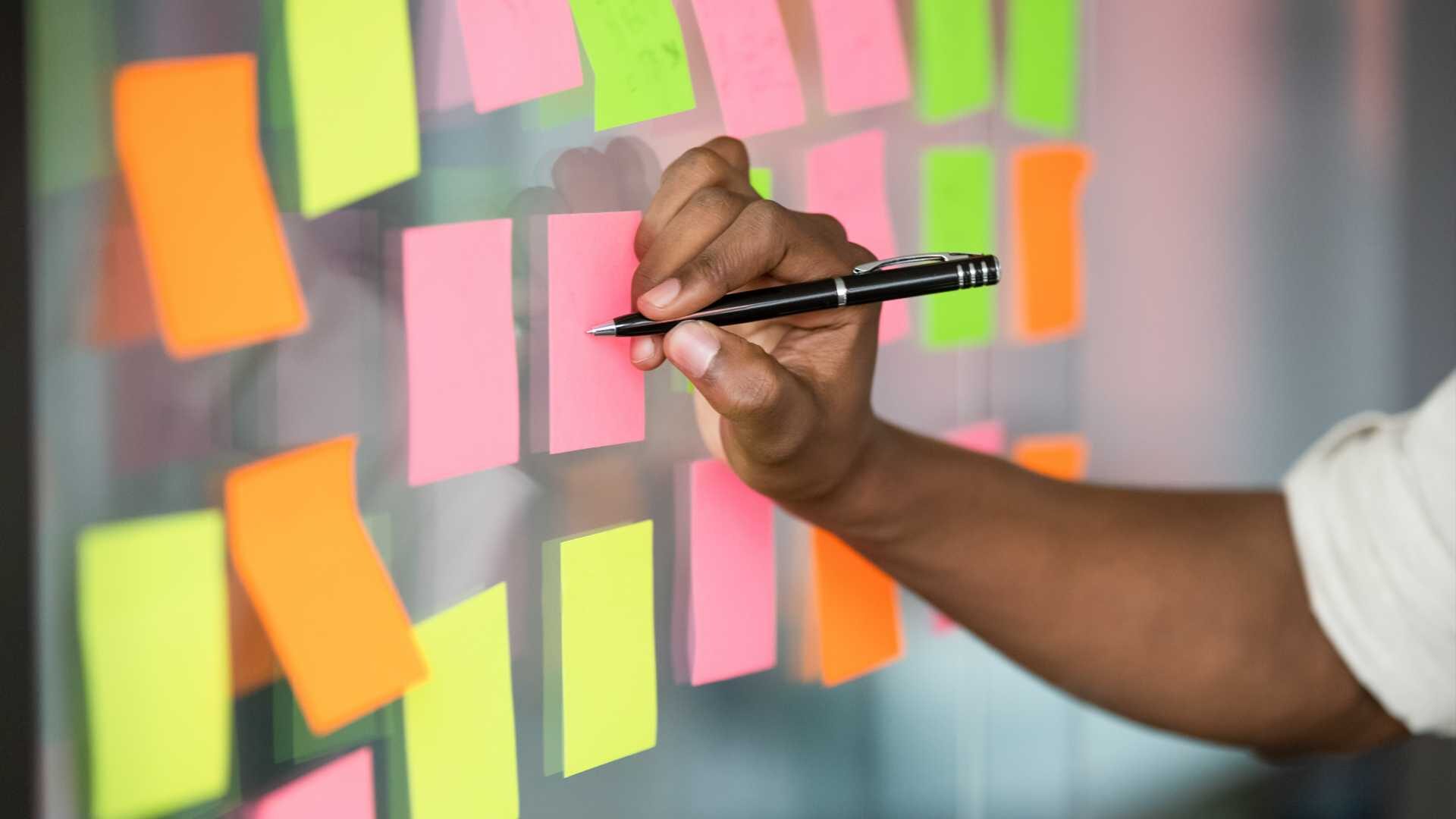Identifying the approaches that truly drive learning can make the difference between underperformance and unlocking a learner’s potential. Though higher education is a $568 billion industry in the U.S., most of us never learned how to learn.
As training professionals, we are captivated by questions about how we can help individuals learn in the most effective way possible. What are some of the best techniques to improve comprehension, retention and recall that every learner can apply? How can we mitigate stress and burnout and harness the stress that can arise during high-stakes training? Drawing on the latest research in learning theory, neuroscience, and positive psychology, and more than ten years of hands-on experiences as an instructor, the strategies that follow maximize learning, accelerate progress, and improve outcomes by returning to the essentials.
First Gear: Start With the Mindset
Encourage learners to set a vision and intention to generate the motivation they will need to persevere in the face of challenges. Why are they doing this? What is their larger vision for their career after they reach this goal? Writing down one’s vision can serve as a North Star for learners who may feel discouraged along the way. Learners also benefit from clarifying their intention and identifying measurable goals to track their progress. Having a visionary goal can remind learners why they are working so hard and why they have chosen to invest in themselves. Invite learners to write down two or three visionary goals that will serve to help them fill the tank with inspiration when learning feels slow and difficult. The more a learner feels energized, the more likely they will be to push through the pain that can accompany mastering new skills and material.
Second Gear: Sharpen the Focus
Help learners eliminate distractions and focus on their learning objectives. This can include:
- Sharing techniques to quiet digital distractions, such as turning off notifications for social media and email.
- Encouraging learners to set aside time for learning and take breaks in-between (e.g., a Pomodoro technique). For example, study for 30 to 50 minutes and then need a 10 to 20 minute break. In today’s environment of digital distraction, finding that uninterrupted study block can be challenging for many learners but should be encouraged.
- Introducing audio into the learning process, whether it is background music or white noise, audio can help improve focus and concentration.
- Reminding learners of the benefits of approaching learning with positivity and enthusiasm. This mindset will yield better knowledge comprehension, retention and recall.
Studies have shown that the state in which a person studies makes a difference in how well the information is encoded and stored, which in turn drives how well a person can retain and recall the information. Use the tool of breath to help learners calm down and reset when they feel anxious. Simple breathing exercises can prove very effective, such as inhaling for three seconds, holding for three seconds, and exhaling for three seconds. In a calmer state, memories are more accessible and it is possible to reach deeper to pull out stored information.
Third Gear: Boost Mastery
Improve learning effectiveness by leveraging active learning, spaced repetition and memory hacks. Teach learners the importance of spaced repetition and active recall to combat the forgetting curve. Studies show that when learning something new, we forget two-thirds of that information in one day later, 20% on the second day and 10% the third day.
Recommend that on day two, learners review the new information, again on day four, and on alternate days at a minimum. Writing in longhand can also help commit the new information to memory. The physical act of writing out material helps engage different parts of the brain that facilitate recall. Other useful memorization techniques include rhymes, acronyms, mnemonics and painting vivid pictures that incorporate the new information.
Fourth Gear: Prioritize the Fundamentals
Encourage learners to get back to basics, recognizing the key roles that exercise, diet and sleep play in learning success. These fundamentals that support learning are often the first to go when feeling stressed and pressed for time. Engaging in physical movement before studying supports better learning outcomes. If learners have an exercise practice they trimmed or eliminated, encourage them to restore some physical activity. Even a 20 to 30 minutes of light exercise can help. Remind learners to stay hydrated and prioritize foods that support brain function and brain health, such as Turmeric, green leafy vegetables, walnuts, avocado, eggs, salmon, sardines, blueberries and dark chocolate.
Finally, remind learners that sacrificing rest and recovery can backfire. Instead, they should aim to get at least seven to eight hours of sleep per night. Without enough rest, learning will be undermined the next day. A recipe for success is to help learners balance time spent studying and locking in that information while asleep.
Fifth Gear: Use Positive Reinforcement
Trainers that believe in their learners’ success will help them quiet any negative self-talk they may have. Many learners have an internal monolog going through their head in which they doubt their abilities or success. If learners tell themselves they can’t, they won’t. Recognizing and acknowledging progress and small wins allows learners to feel their progress and kick-starts the positive feedback loop to drive ongoing performance.
Encourage learners to tell themselves the stories they want to hear with the outcome they want to see. Negative stories serve as quicksand that stalls progress and forward momentum. Instructors who let their students know how much they believe in their success help learners believe in themselves lifting them up to reach new heights.










